I’m often asked, “Hey, I’m going to shoot a wedding for the first time. What do I need to know?” Well, a lot. These are the top five concepts to be familiar with before you shoot a wedding. From the consult, to the gear and composition, we cover a lot of ground here. An essential read to anyone who is starting out shooting weddings.
1. Nail your Consult
Before every wedding, you should have some time to sit down with the bride and groom. Sometimes, in the case of destination weddings, it has to be over skype or facebook, but there has to be some face to face communication. I recommend a coffee shop – coffee always has the effect of bringing out the social butterfly.
I shoot upwards of 30 weddings a year, and I refuse to shoot a wedding without a consult. We have to talk about managing expectations, turnaround time, a timeline of the photos, and locations for formals. It’s not all business, though! I’ll chat about hilarious moments in my career, my methodology behind posing, and capturing natural moments. I’ll even make sure they know about the copyright constraints. I’ll tell them how and when I’m going to use their photos for advertising.
That’s not to say everyone makes it through the consult. Sometimes we sit down, and my couple doesn’t seem passionate or super interested in getting some unique photos. This is the sort of situation where we’re just not a good fit for each other.
Most of the time, though, couples have looked through my website and know exactly what they’re getting in for. I’ll find out what their needs are, and we’ll figure out a plan for the wedding day. I really can’t overstate how important it is to put on your best face for this. Listen twice as much as you talk. Be cheerful, optimistic, accommodating, and approachable. It’s a lot of money for these couples, and they tend to be quite nervous sometimes!
Another popular trend that is forming is sending the couple a questionnaire. Although I’m sure this works fantastically for some, this really isn’t my style. Although I ask the couple many questions, I learn much more by reading in between the lines. So although I do ask them questions, like what’s the address of the venue, how many bridesmaids, ect, I’m looking for a natural flow of communication between us. I can do this by simply by monitoring the responses, then writing down the answers.

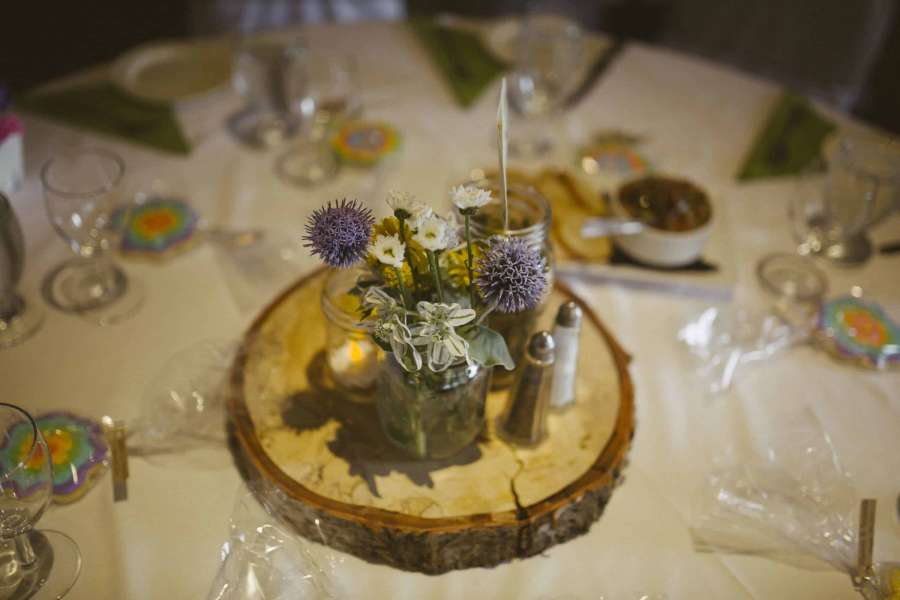
2. Know your Gear
A while ago, I was shooting a destination wedding in Vegas. The marriage officiant comes up and starts chatting with the couple. I start getting photos. Her friend comes in behind me, with her superzoom point and shoot camera claiming she is the photographer and starts trying to arrange people for photos.
I was horrified. First off, at the word “superzoom.” The best lenses in the world have little or no zoom. If your lens has 18x magnification, there’s a very good chance it can be outperformed by a 50mm f/1.8. We call that the nifty fifty, the 150$ portrait lens.
Why is this? Because lenses with a lot of zoom tend to have a lot of elements. There are a lot of glass elements between your subject and your camera sensor. Every element the light goes through, there is contrast and colour detail lost.
So what do I use? The majority of my lenses have no zoom. My 70-200 f2.8L is my only zoom lens I use professionally, and if you do the math, that’s about 2.5x zoom. And I’m not even 100% comfortable with that.
Although the primes vs zoom debate rages on, one thing we can both agree on is – do not shoot a wedding with an 18-200mm f6.5.
But that’s one short story, written to illustrate a larger point. You need to be intimately acquainted with your equipment. If you’re not 100% confident, go do a free family shoot for one of your friends. You’ll find there’s a common set of tools every successful wedding photographer has. It’s this:
1. A Camera with removable lens
2. A Speedlight (This is very important – you will get harsh shadows in the middle of the day without this piece of equipment, and your reception photos won’t look half as good without it!)
3. A Prime Lens (50mm f/1.8 or f/1.4, 35mm f/1.8’s seem to be the most common)
I can shoot any wedding anywhere with this basic setup. Sure, I’d miss my 50 megapixel Canon 5ds, but I’ll know this setup is powerful enough to produce good results.
Last, your computer. You’re going to have to edit those photos at some point. Make sure your screen is calibrated. If you have a gaming pc, for example, your images will be dull. That’s because those monitors jack up the contrast as much as possible in order to make the games more engaging. Grab yourself a spider calibrator, you’ll thank me later.
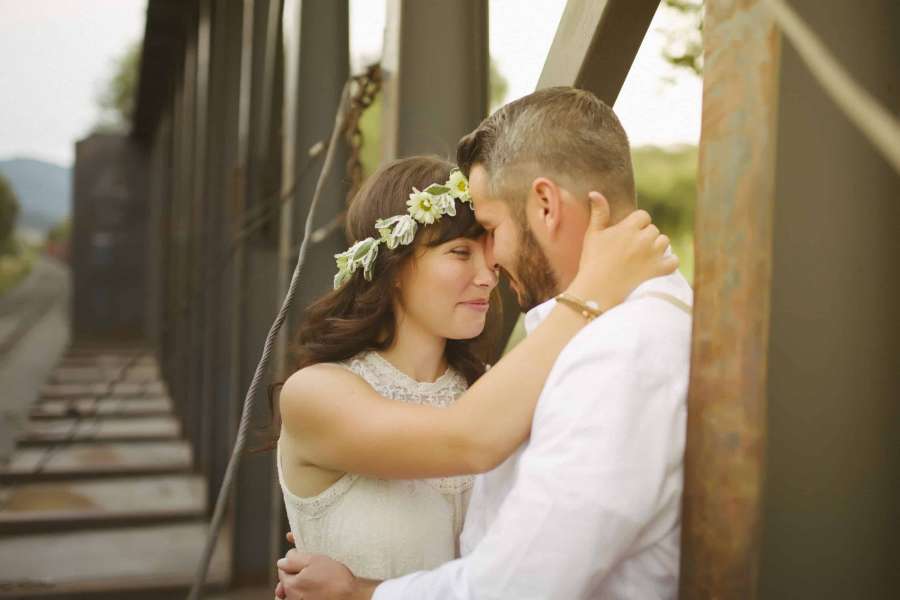

3. Know your Rules of Composition
This fits in right under the gear tip. I’m not sure which one is more important. Without gear, you can’t achieve rules of composition. Without rules of composition, your gear is useless.
The biggest rule of composition, though, is the moments. After shooting a few hundred weddings, you start to figure out exactly when and where those are. The best man doing a cheesy dance after too many drinks at the reception. That moment when the bridesmaids first see the bride in her dress and they hug. That look on the groom’s face when he first sees his beautiful bride.
After that, it’s standard stuff. There are many books on this, so I won’t go into it too much here. I will say the rules of depth, 24 and 6 point posing, and colour theory are invaluable to me. Framing, leading lines, and simply the scene concepts are extremely key as well. Flash use, and off camera flash use are absolutely mandatory. If these concepts seem foreign to you, take a photography bootcamp or class. Sure, we chat about shutter speed. However, we’re talking about parallax, facial shading, gradients, colour theory, and post processing more often.
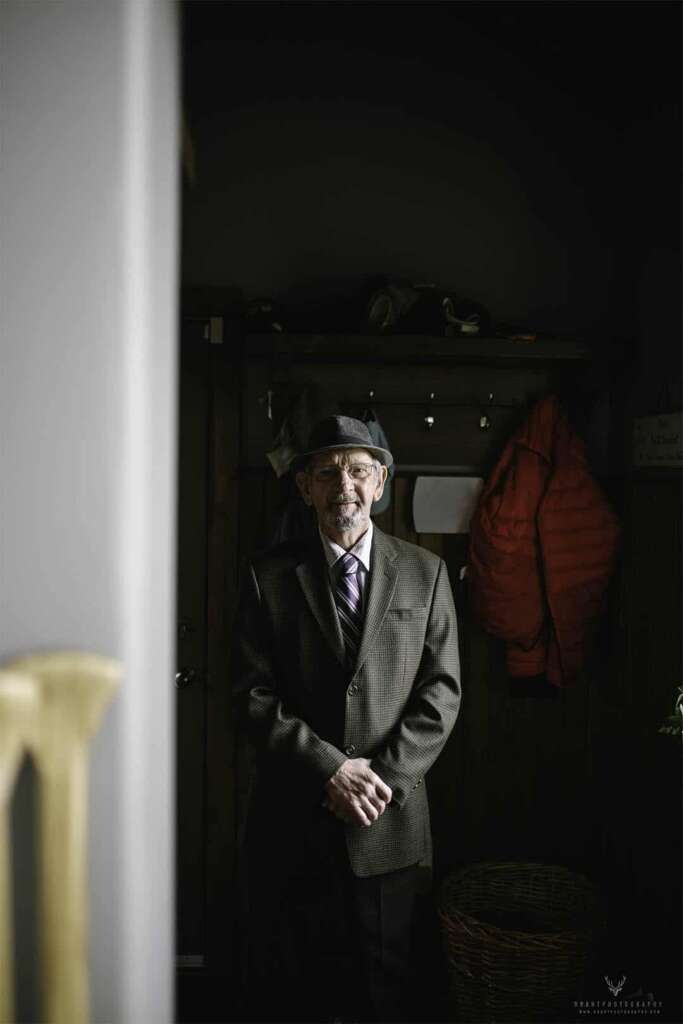
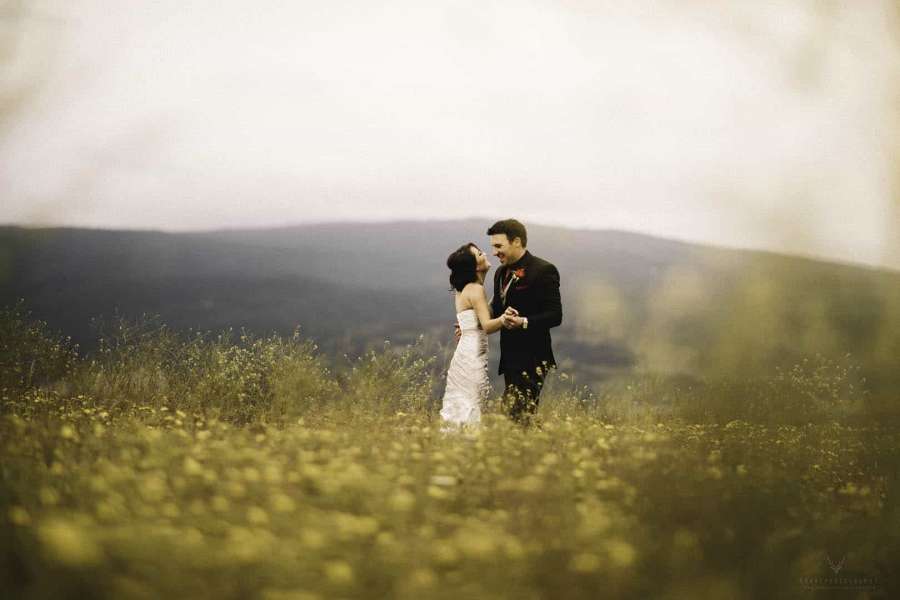
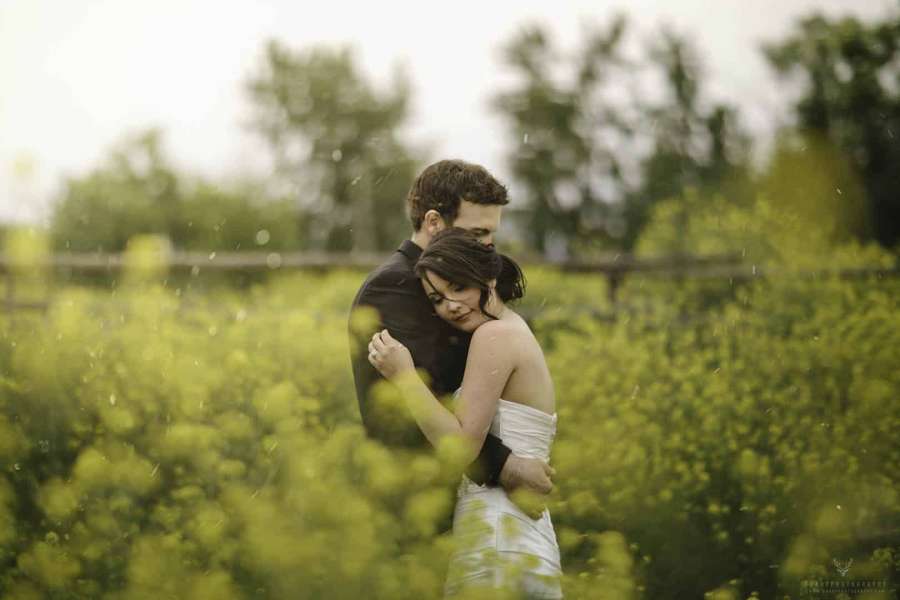
4. Be Social
You can have the best gear and technique in the world, but if you’re not outgoing and social, you’re not going to get far.
About 75% of the weddings I shoot are referrals. At each wedding, I can count on getting at least three or four referrals from the wedding guests. There’s a few reasons for this.
First off, I show how I shoot. I’ll start chatting a little bit about colour theory or facial gradients, then show off the back of my camera. People love to learn little tidbits about shooting, and this shows them what to do look for in finished images as well. This is huge – first impressions are everything. Even though the screen in the back of my camera isn’t the best, I tend to get positive reactions.
This is really important when it comes to kids as well. They will go to bat for you and devise some hilarious hijinks – all you have to do is keep showing them what they look like on the back of the camera. After, I’ll usually give the parents a business card and tell them where to find the finished album so they can keep the full sized images free of charge. I’ve had so many referrals from this. Often, they’ll follow your social media as well.
This goes for the bride too. I’ll show her the ring shots when I’m done them, and she might even have an idea or two of her own.
Now, this is a wedding photography tip, but it’s also a business tip. When you get an email, try to respond right away. Even if you’re just saying, “Hey, I’m a little tied up right now, but expect a longer, more detailed email tonight!” I continually get complimented on my quick email turnaround time. That strikes me as a little strange – I mean, if it just takes a minute to respond from my smartphone, wouldn’t everyone be doing it?
It’s important to be on your best behaviour. This isn’t your day. It’s the Bride and Groom’s day. Some kid runs off with your smartphone? Try to chat with the parents and be as polite as possible. Another amateur photographer is a little drunk and getting in the way of all your shots? Do your best to work around it. Befriend them as quickly as possible, and take a genuine interest in their passion. No assigned seat for you? Just do your best, and amazingly it will be enough.
At every wedding, no matter how large, my goal will be to get photos of every single guest. When you listen to them, and really listen, you’ll find you have access to a level of detail and intimacy you couldn’t imagine. They’ll be comfortable with you – you’re part of the wedding now, not just an observer. People will interact with you and your albums will only improve as a result.
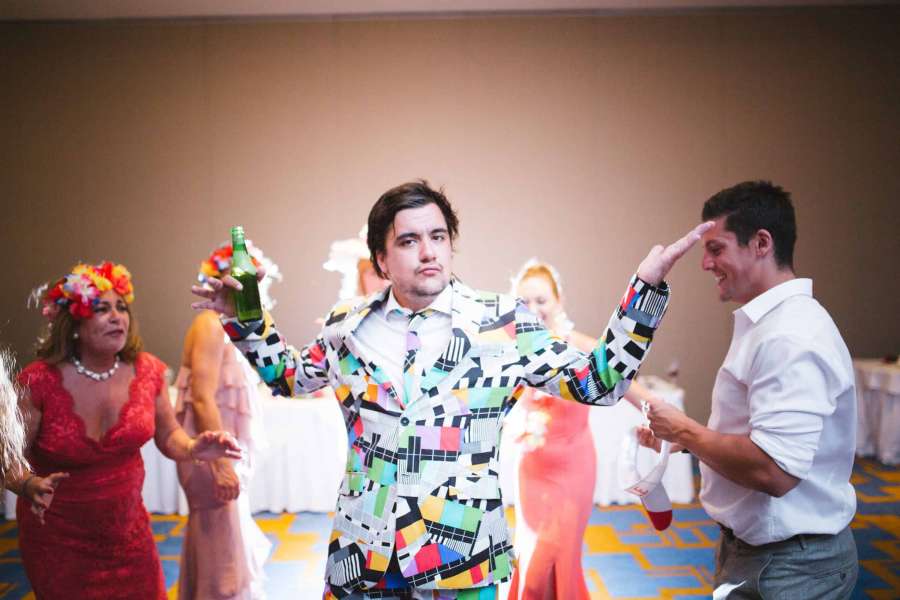
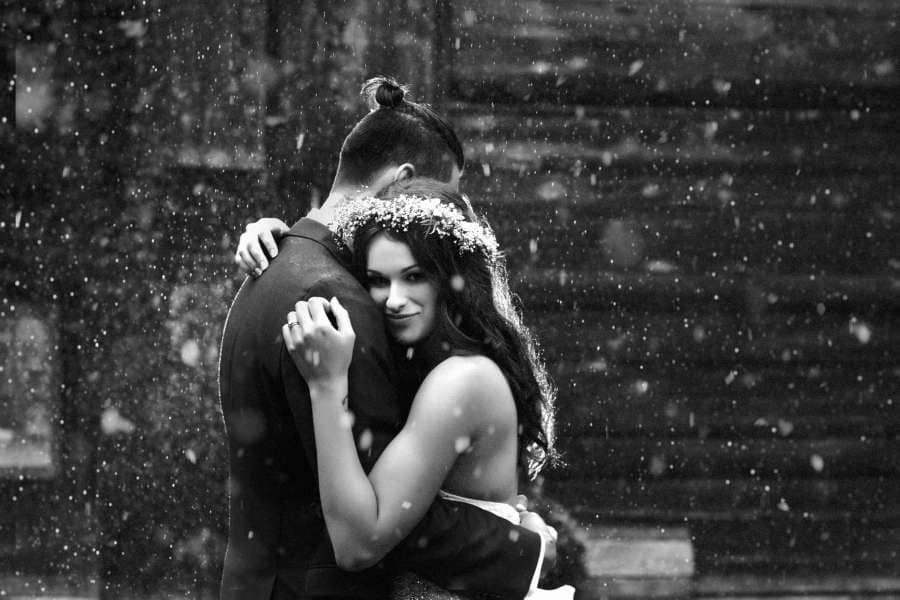
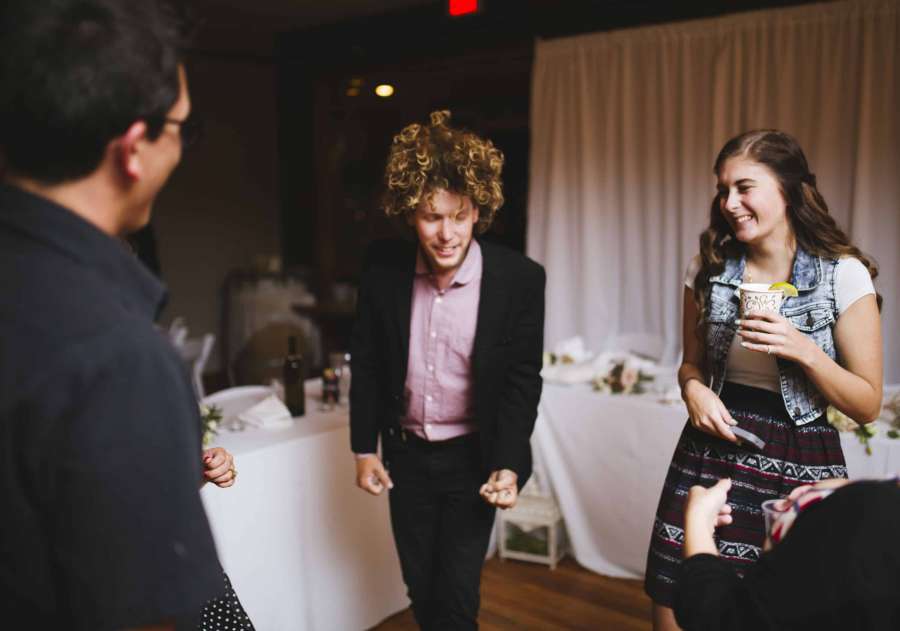
5. Plan, Plan, Then Plan More
I can’t stress this enough.
Start by scouting out the location a few days in advance. Pay attention to where the light falls at what time. This is the sort of thing that can easily take a whole afternoon. Chat with the staff and even co-ordinators as well. A lot of times they have access to special places that you didn’t know existed.
After that, come up with a detailed plan for the formals. Locations, times between the locations, and poses. Bring props if necessary. This is where the consult comes in handy as well – sometimes the Bride and Groom will have some special locations that are very important to them. It’s your job to know where this is, to get the info out of them.
No one wants the photographer who says, “Oh, I guess we could do this. I dunno. Maybe go over there or something.” People want a decisive, well thought out plan for their wedding day. Find out what your resources are, be they barn lights, old pickup trucks, or a field full of llamas. Although 2 hours might seem like a lot of time for formals, it goes fast – especially if you are driving between locations.
No amount of work is too much work.
As experienced photographers, we sometimes get lazy, knowing we’ve got the equipment and experience to solve any lighting issue. Although this is true, there is no situation that a decisive, well thought out action plan won’t come in handy.
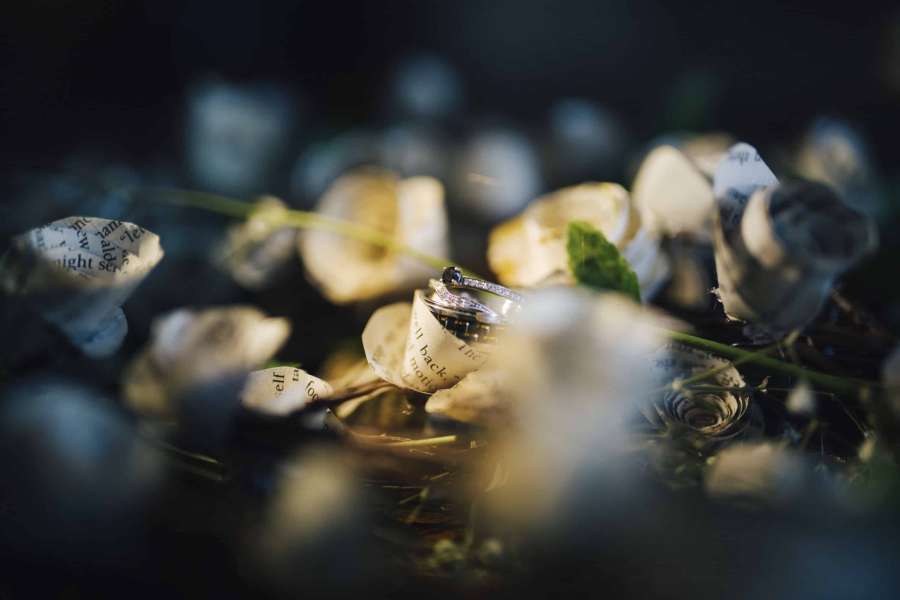

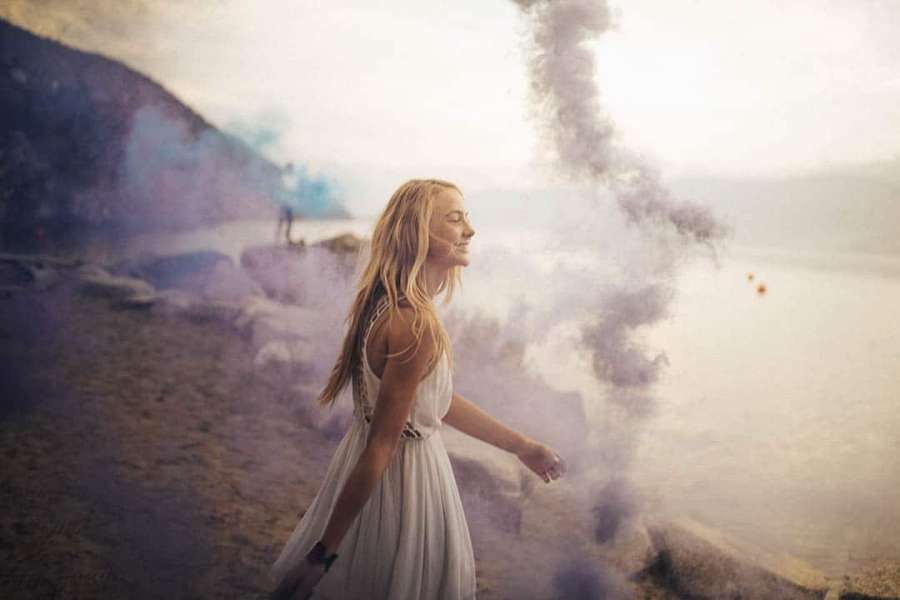
Tips by Eric Draht Draht
If you’ve read this far, thank you! There are many things I consider important to shooting a wedding, but these would be the top five. If it seems a little bit complicated, that’s because it is! Shooting a wedding requires a culmination of many different skills, and running a successful wedding photography business requires even more hard work.
Above all, be enthusiastic and friendly. Even if it’s your 2nd wedding, but especially if it’s your 200th wedding. We have one of the best jobs in the world. Without the support, trust, and recognition from our clients, we are simply unpaid folks with cameras.
If you’d like to stay in touch, consider adding me on facebook, instagram, or twitter. Talk to you again soon!

